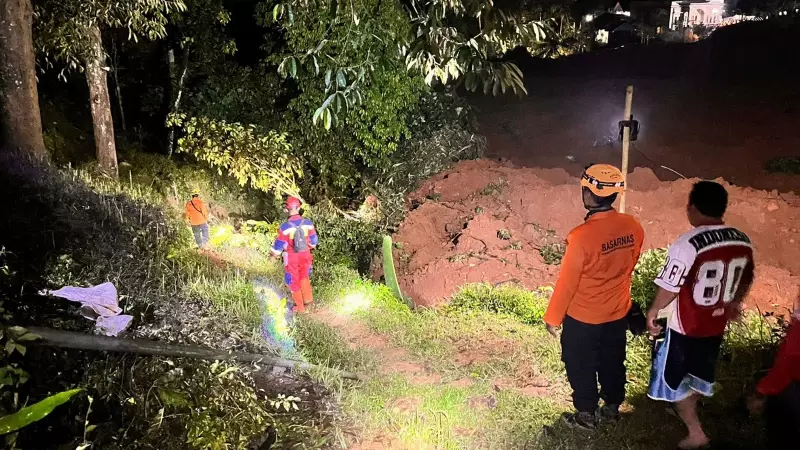
Heavy rainfall has triggered a series of devastating landslides on Indonesia's main island of Java, resulting in multiple fatalities and leaving numerous people missing. The disaster has prompted massive rescue operations as emergency workers battle challenging conditions to locate survivors.
Multiple Villages Struck by Disaster
The landslides occurred in several villages across the Tana Toraja region of South Sulawesi province on the island of Java. According to local authorities, the disaster was primarily caused by torrential rainfall that saturated the soil and triggered multiple slope failures simultaneously.
Rescue teams from the National Search and Rescue Agency have been working tirelessly since the landslides struck. The operations have been complicated by continued rainfall and the difficult terrain, which has limited access to some of the worst-affected areas. Heavy equipment has been deployed to help clear debris and search for potential survivors trapped beneath the mud and rubble.
Casualty Figures and Missing Persons
Current official reports indicate that at least 19 people have lost their lives in the disaster. The death toll is expected to rise as search operations continue and more areas become accessible to rescue teams.
Authorities have confirmed that several people remain missing, though exact numbers continue to fluctuate as family members report loved ones and rescue teams make new discoveries. The local government has established emergency posts to coordinate search efforts and provide assistance to affected families.
Survivors have been evacuated to safer locations, with temporary shelters set up to accommodate those who lost their homes in the disaster. Medical teams are providing treatment to the injured, while psychological support is being offered to traumatized survivors.
Ongoing Rescue Operations and Challenges
Search and rescue operations continue around the clock despite significant challenges. The persistent rainfall has raised concerns about additional landslides, creating dangerous conditions for both rescue workers and potential survivors.
Local disaster management officials have warned residents about the continued risk of further landslides, particularly in areas with steep slopes that have been weakened by the excessive rainfall. Evacuation orders have been issued for several high-risk communities.
Indonesia frequently experiences landslides during the rainy season, with deforestation and soil erosion in some areas exacerbating the risks. The country's geographic location and topography make it particularly vulnerable to such natural disasters.
This latest tragedy highlights the ongoing challenges faced by communities in landslide-prone regions and the critical importance of early warning systems and disaster preparedness measures.





